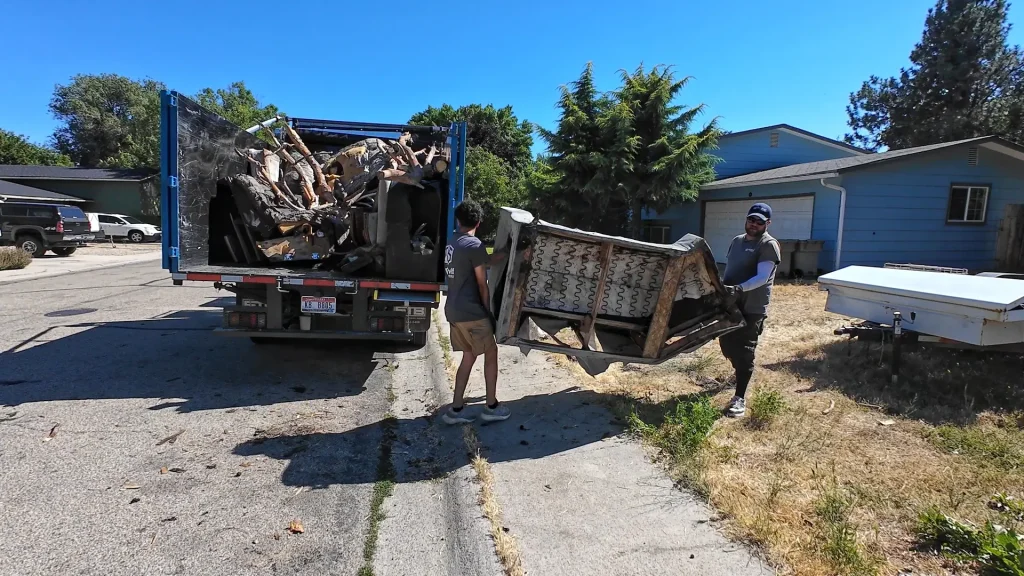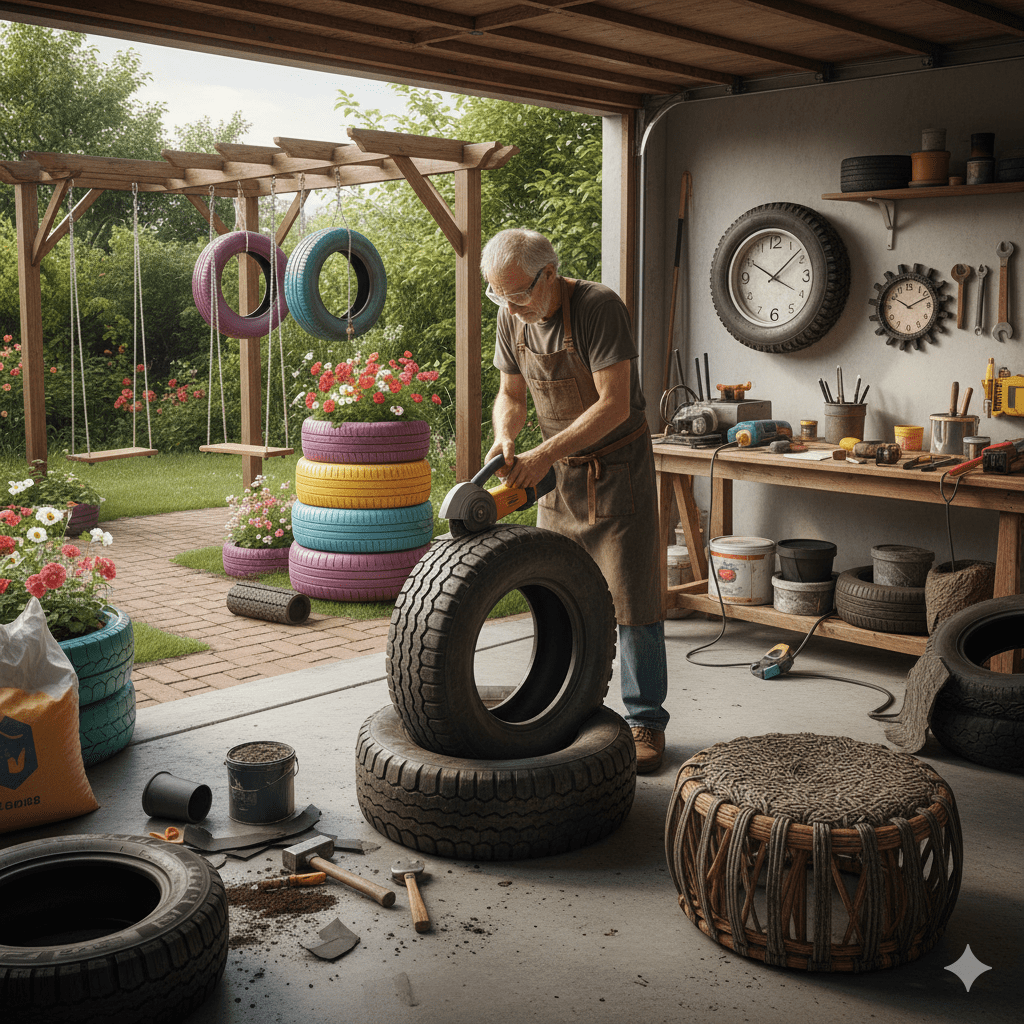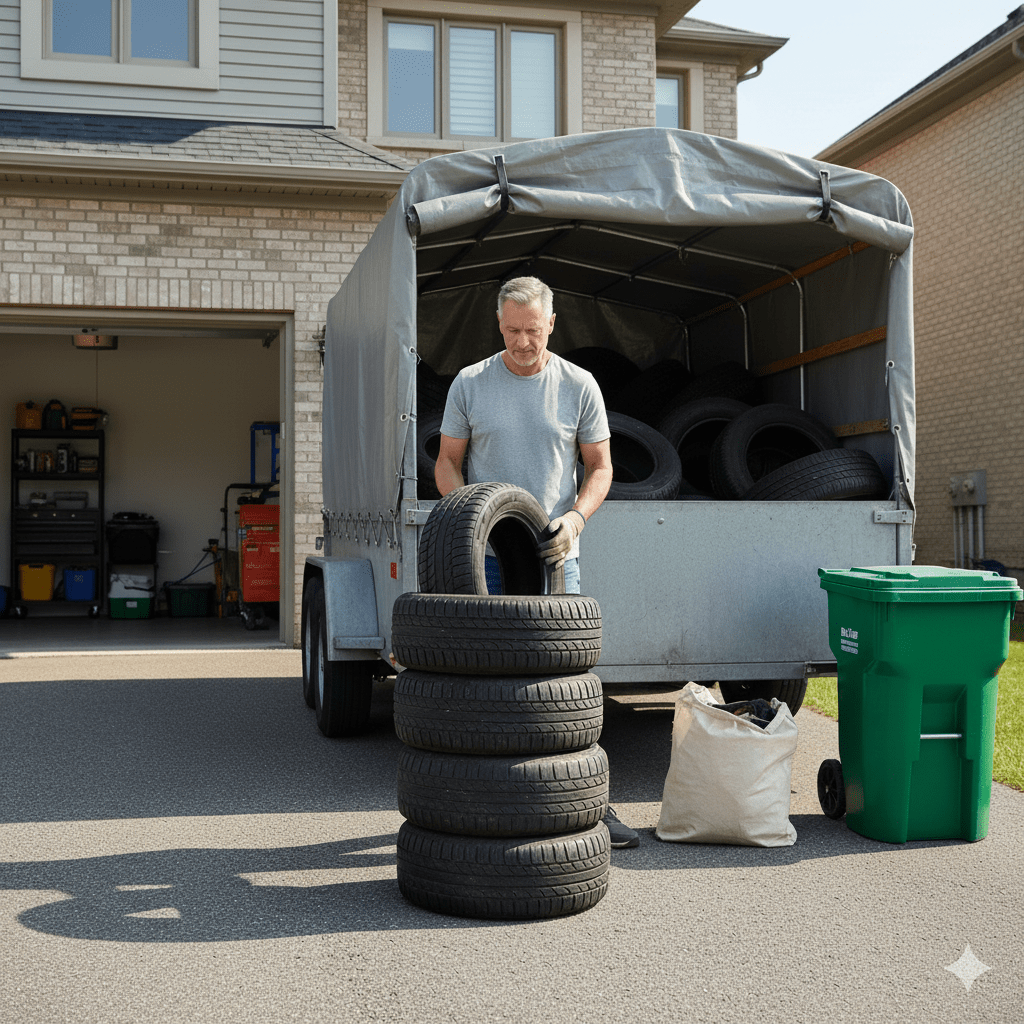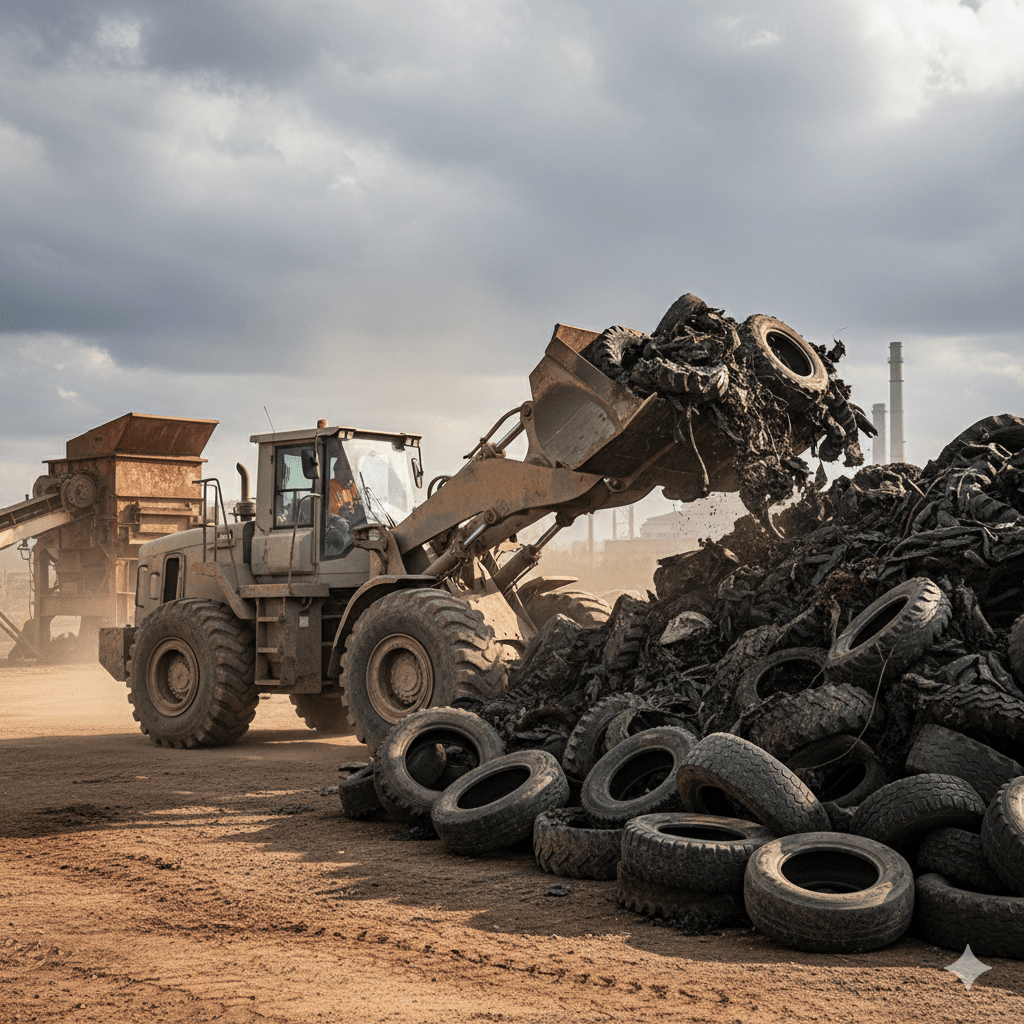Sometimes, you find yourself surrounded by that saggy couch you haven’t used since…who knows when. Or you’re peeking at a dusty filing cabinet in the corner, wondering if it can somehow spontaneously disappear. Relax. You’ve got options. Furniture removal can actually be straightforward when you know what to expect. Let’s break down the entire journey, from the first phone call to that glorious moment when all those unwanted chairs and tables are whisked out of your life.
Initial Consultation and Estimation
Don’t let your eyes glaze over when you see “consultation.” It’s not rocket science, promise. This step helps a furniture removal service figure out the scope of your project before they roll up with a truck.
- Free Quotes: Most furniture removal companies offer a no-strings-attached estimation process. You send them details or invite them over to eyeball your clutter—like old furniture removal that’s been collecting dust or a big stack of conference tables from a recent office closure.
- Size and Complexity: Maybe you need unwanted furniture removal for just a couple of chairs, or maybe you’re knee-deep in commercial furniture removal that involves half your building. Let them know exactly what you’re dealing with.
- Cost Calculation: They’ll consider volume, weight, accessibility, and labor hours to ballpark your furniture removal cost. The good news? Having professionals handle removal of furniture can save you from hospital bills (no more herniated discs from lifting that busted sofa alone).
By being honest about what needs to go, you’ll ensure an accurate quote. So, no, you can’t hide your old treadmill in the closet and then whip it out last second hoping the fee doesn’t change.
Scheduling and Planning the Pickup
So, you’ve got your estimate and you’re ready to wave goodbye to that funky-smelling recliner. Awesome. Now comes the scheduling phase, which is basically the calm before the storm.
- Flexible Dates: Quality furniture removal companies often work around your availability. Last-minute gig? Not impossible, but might cost extra. If you can plan ahead, do it.
- Location Logistics: Are you downtown with zero curbside access? Will the crew trek up three flights of narrow stairs? Spell it out. That helps them figure out how many people and how much time they’ll need.
- Special Requests: If you’re dealing with bulk furniture removal, or you’re coordinating office furniture hauling, mention any special instructions. Maybe you want to donate items or you’re concerned about how to dispose of old furniture in an eco-friendly way.
Proper planning means no frantic calls at the last minute to confirm addresses or wonder where the truck is. You’ll have a clear day and time, so you can kick back with coffee while the pros do their thing.
On-site Furniture Assessment and Preparation
Picture this: a crew of furniture removal services pros shows up, looks around, and starts giving each piece a quick once-over. That’s the on-site assessment, and it’s crucial.
- Check for Hazards: Maybe there’s a piece of broken glass taped under your old coffee table, or that dresser is missing a leg that could lead to a wobble-turned-disaster. They’ll note potential issues.
- Strategizing: The team decides whether to break down certain items first or if they can carry them as-is. Heavy, unwieldy pieces might demand a different game plan than a rickety rocking chair.
- Preparation: Used furniture removal can involve wrapping fragile edges or removing drawers to lighten the load. For office furniture removal, think about disassembling large cubicles or unmounting overhead cabinets.
This step sets the stage for a smooth move. The pros figure out how to navigate your tricky spiral staircase or your jam-packed elevator. Trust them—they’ve likely seen worse.

Loading, Transporting, and Disposal
Now comes the part that feels both exciting and terrifying: the actual hauling. If you’ve been checking “how to dispose of furniture” or wrangling with the concept of furniture disposal service, this is where the magic happens.
- Heavy Lifting: The movers handle all the grunt work. This is prime time for you to watch from a safe distance, maybe biting your nails but mostly just relieved you’re not the one straining a muscle.
- Secure Transport: Everything gets loaded onto the truck. They’ll secure it to avoid mid-drive catastrophes. Whether it’s a monstrous sectional or a fragile glass table, pros know how to pack a truck.
- Proper Disposal: After the truck drives off, your items might head to a landfill, a donation center, or a recycling facility. Responsible furniture removal and disposal ensures your junk doesn’t simply rot in a dump if it can be reused or repurposed.
This is also the point where you might notice how peaceful your space suddenly feels without all that furniture. Deep breath—taste that sweet, sweet freedom from clutter.
Post-Removal Cleanup and Follow-Up
The best furniture removal teams won’t leave you in a cloud of dust and random debris. Post-removal is about leaving the space better than they found it.
- Sweeping Up: They typically do a quick sweep or vacuum where the furniture was. No one wants to find a weird stain or pile of dust bunnies once that hulking couch is gone.
- Final Checks: If you hired them for large furniture disposal or a smaller old furniture pick up, make sure you didn’t miss any items. Now’s the time to confirm everything you wanted gone is actually out the door.
- Follow-Up: Some furniture removal companies ask for feedback or reviews. If you had a great experience, let the world know. If issues popped up, let them resolve it. Communication helps them refine their service, which might benefit you down the road.
This final stage might also include a receipt or documentation for tax deductions if your items were donated. Keep that on file, especially if you used a cheap furniture removal service that partners with non-profits.
Wrapping It All Up
So there you have it. The entire removal of old furniture process, demystified. From an initial consultation to that last bit of dusting, professional furniture removal can make your life a whole lot easier. Whether you’re tackling a bulk furniture removal in your home or orchestrating a massive commercial furniture removal project, the steps remain pretty similar:
- Consult and Estimate – Get an accurate read on cost, complexity, and manpower needed.
- Schedule the Pickup – Coordinate times, locations, and any quirks specific to your building.
- Prepare and Assess On-site – Let the crew handle risk checks and disassembly.
- Load, Transport, and Dispose – Wave goodbye to your items as they’re hauled away responsibly.
- Clean Up and Follow Through – Enjoy that fresh space and finalize any feedback or paperwork.
So next time you’re typing “furniture removal” or “how to dispose of furniture” into a search bar, remember: the journey can be smooth when you know each step. Let the pros lift, haul, and handle furniture disposal for you. You’ll be left with a clutter-free space—and maybe a new appreciation for that extra elbow room. Enjoy it!






